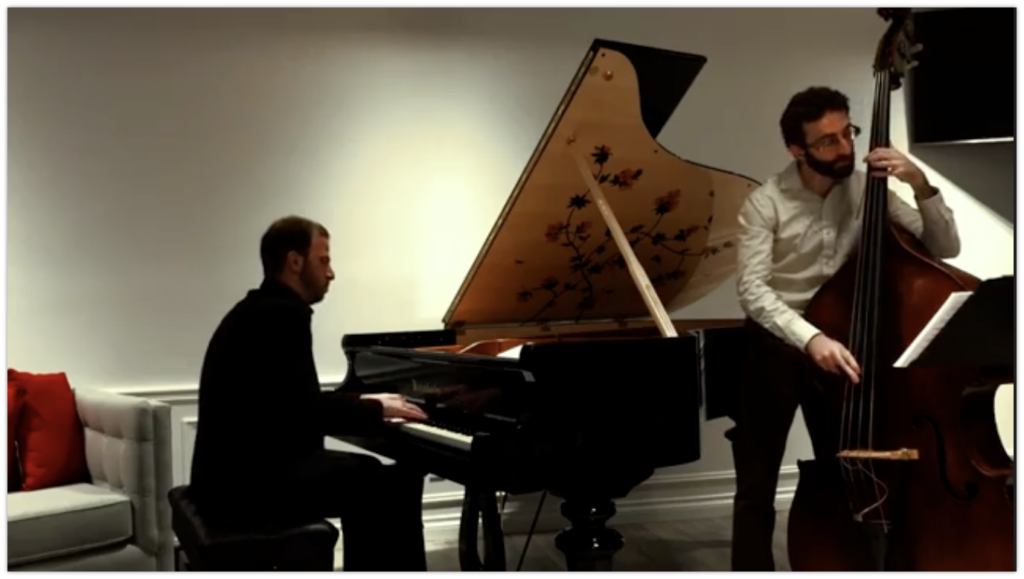How To, Yamaha Pianos
How to Choose the Right Piano for You
How to Choose the Right Piano for You
Whether you are an accomplished pianist looking to buy an instrument to practice on at home, or a parent looking to invest a piano for your children’s lessons, it can be difficult to choose something that fits your budget, provides good value and will last a long time all at once. Here are some tips to help you choose.
What are the different types of pianos?
Keyboards and Synthesizers without a full 88-note keyboard, keyboards or digital pianos with full 88-note keyboards, acoustic upright pianos (vertical) and acoustic grand pianos (horizontal).
Let’s start at the top.
Keyboards and Synthesizers
Keyboards and synthesizers often have 61 notes or 76 notes. Usually these types of instruments do not have weighted keys, or as some like to call it: ‘’piano touch’’. These are usually good for people who are looking to make music on the go, musicians who already have a properly weighted piano and are looking for an extra one to have fun with or for people who are starting out and just want to learn the basics without spending too much money right away. The main drawback with small keyboards is that eventually, we realize we are missing some important notes, because many of the most popular classical pieces were intended to be played on a real piano with a full 88 note keyboard. Some stores offer ways to go around this like exchange programs etc.
For example, we offer a 6 month exchange period for anyone who wants upgrade their keyboard to something bigger.
Some examples of good keyboards to start with:
Digital Pianos
Digital pianos are referred to as such, because of the fact that unlike keyboards, they have full 88-note, weighted keyboards. This means that functionally, they are the closest thing to a ‘’real’’ or acoustic piano you can have. Pianists often have reservations about digital pianos, and while it is true that there is a noticeable difference between an acoustic piano and a digital piano, that difference is becoming more and more difficult to notice. With current technology, manufacturers use a combination of high quality sound-sampling and modeling to blur the line between the sound and feel of a digital piano and an acoustic instrument. There is a wide variety of digital pianos to choose from. Some are well suited for performance on-stage and others are meant to be as close as possible to an acoustic piano that you would have not only as a musical instrument, but also esthetically. These are practical for beginners who want a high quality instrument for a reasonable price, for anyone who wants an instrument that feels as close as possible to an acoustic piano with the possibility of plugging in headphones to play early in the morning or late at night, or for musicians who want the realism of an acoustic piano with the connectivity options of a digital instrument.
Yamaha P-45
Yamaha DGX-660
Yamaha DGX-670
Yamaha YDP-164
Acoustic Upright pianos
Acoustic upright pianos have strings, hammers and a wooden soundboard giving them a very natural and warm sound. Note that acoustic instruments have to be maintained at 40-60% humidity and tuned minimum once a year.
Acoustic upright pianos are normally more expensive than digital pianos, but are usually a good long-term investment as brands like Yamaha often command a good re-sale price.
Popular models:
Acoustic Grand pianos
Acoustic grand pianos are typically more expensive than all the other options listed above, and are the pianos of choice for concert pianists. These pianos have the advantage of having the hammers laid out horizontally, as opposed to an upright piano where the action is vertical. This horizontal action allows the pianist to have gravity on his side and causes what is referred to by pianists as ‘’double escapement’’. In short, high level pianists can play the same note in succession more rapidly and with more precision than on an upright piano. Grand pianos are often necessary for high level pianists who want to further develop their repertoire and technique.

